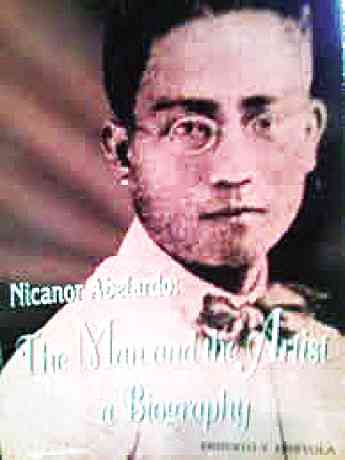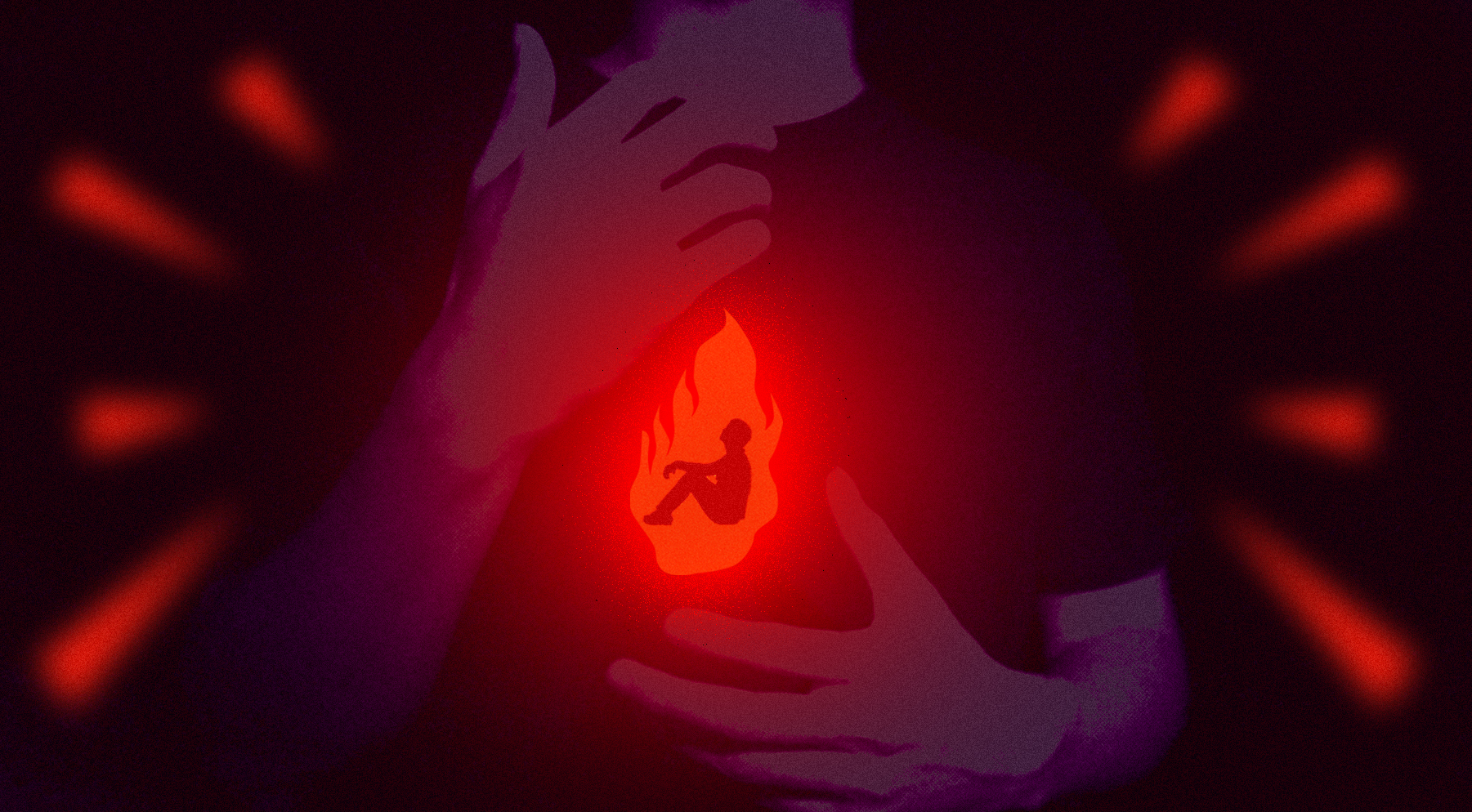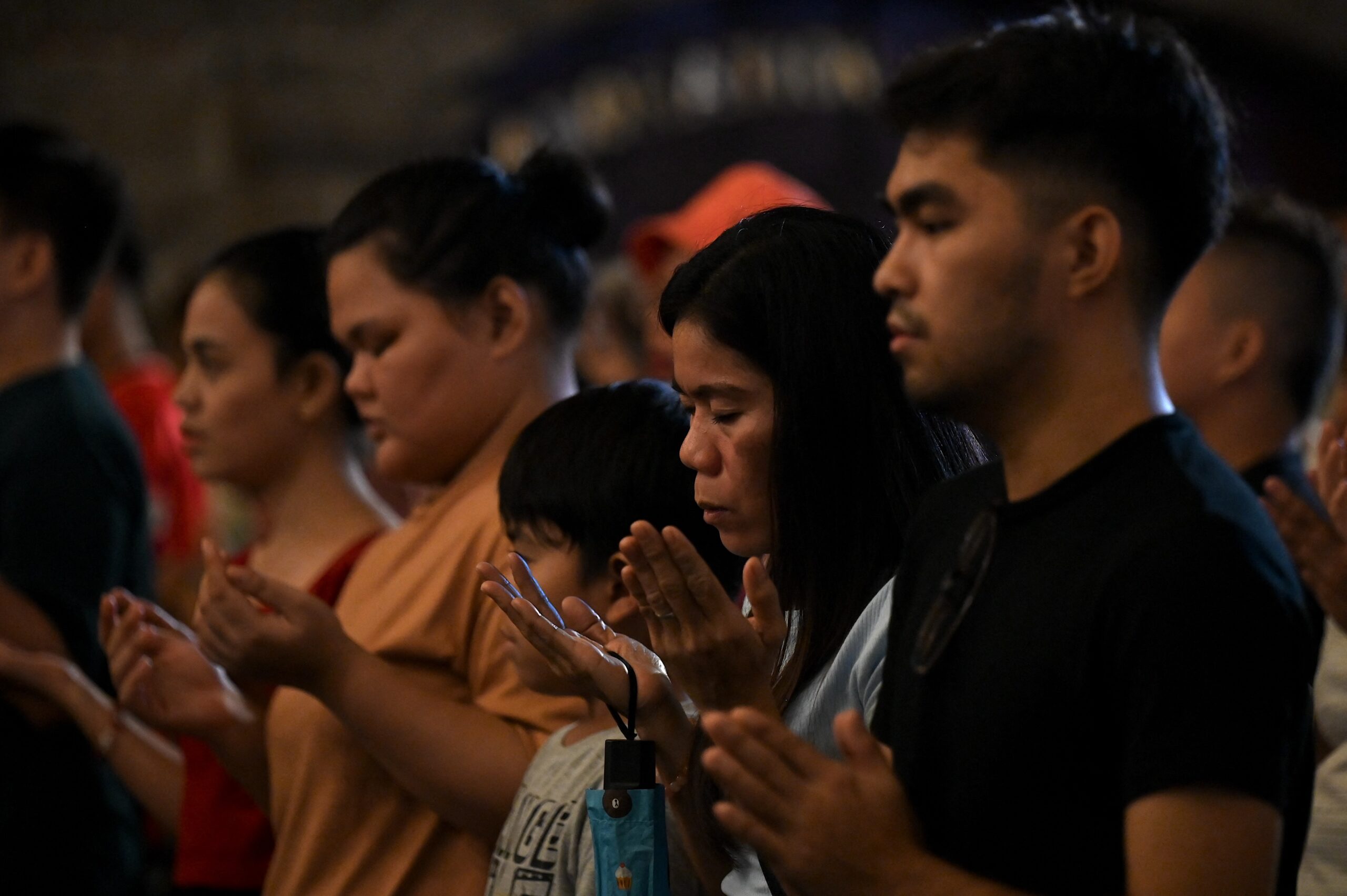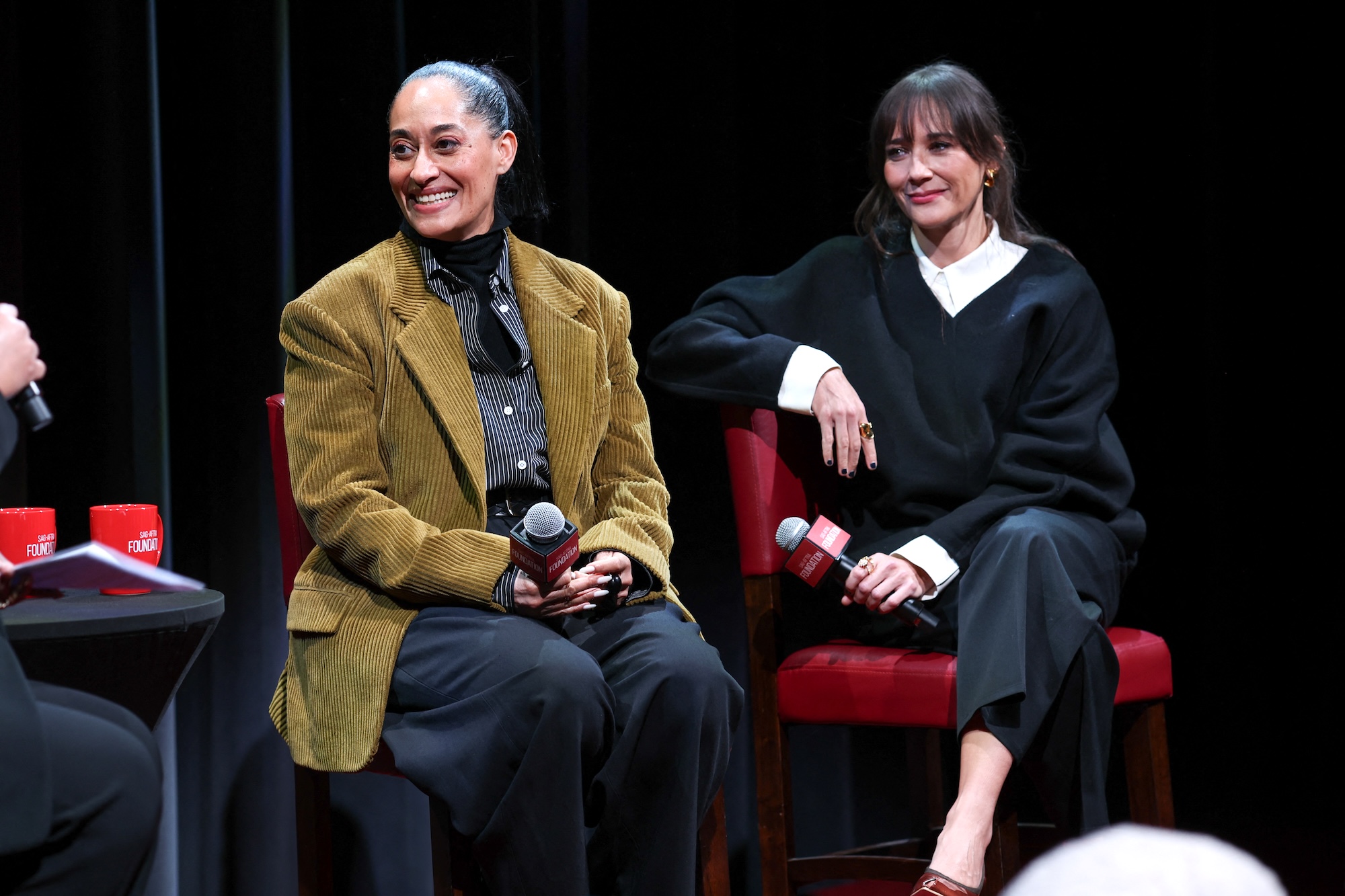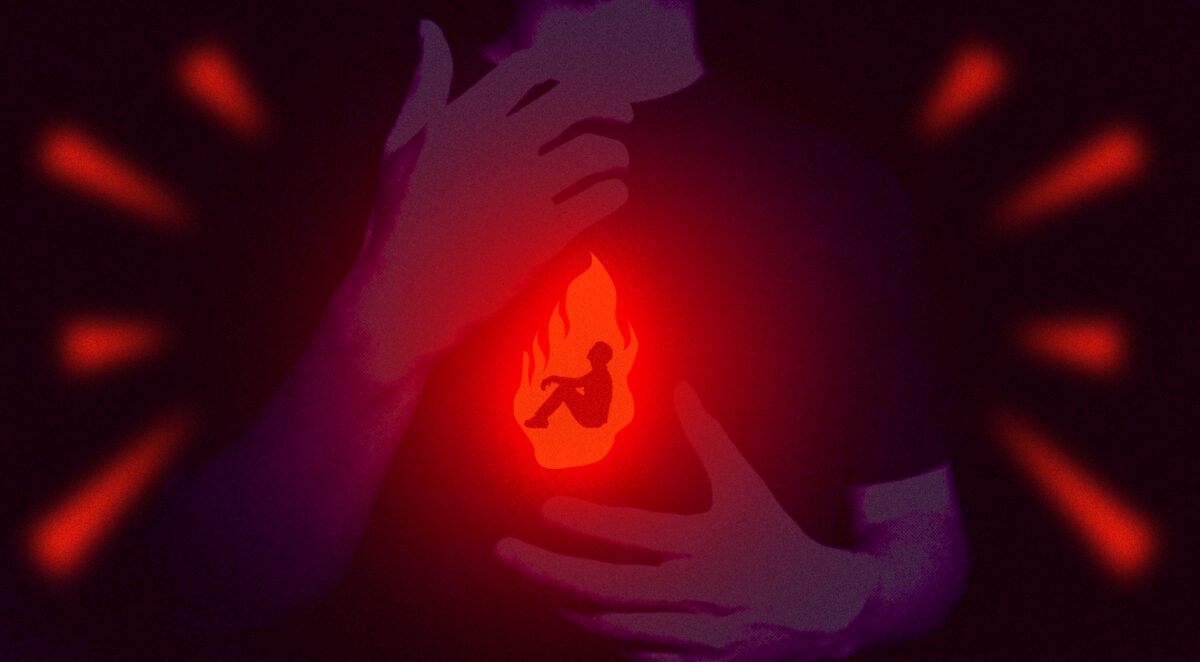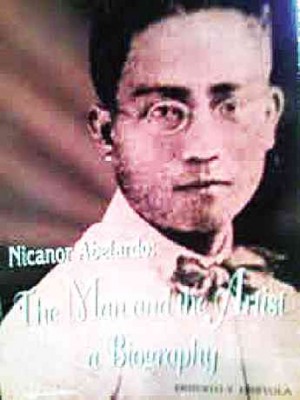
The conservatory has produced world-class musicians, from Evelyn Mandac (first and last Filipino soprano to sing at the Metropolitan Opera in New York) to tenor Noel Velasco (the first and last Filipino prizewinner of the Luciano Pavarotti International Voice Competition), and the country’s “winningest” choirs, the Philippine Madrigal Singers and the UP Concert Chorus.
To commemorate the important milestones of the UP College of Music, several events have been lined up.
For starter, Rayben Maigue conducts the UP Jazz Ensemble in the concert “Golden Jazz,” on Sept. 5.
This will be followed by the presentation of the classic Filipino musical by Jerry Dadap, “Andres Bonifacio: Ang Dakilang Anakpawis.” With libretto by Dionisio Salazar, the musical play will be directed by Alegria O. Ferrer and run for three nights, Sept. 16, 17 and 20.
Tomorrow at 7 p.m., there will be the concert called “Humayo’t Itanghal: Isang Gabi ng Musika ni Nicanor Abelardo,” a homage to the composer.
But when you survey the music scene, it is, indeed, regrettable that there is no sign of the music of Abelardo in this generation of singers who rattle their epiglottis away in assorted amateur singing contests mounted by several TV networks.
Thanks to the symphony orchestras and the small but significant number of classical singers, the music of Abelardo still lives in school recitals and concert seasons.
Not just a name
For the new generation of music lovers, Nicanor Abelardo is just a name of the UP College of Music Auditorium and the Main Theater of the Cultural Center of the Philippines
But for Filipino musicians schooled in music conservatories, Abelardo is the composer behind such immortal songs as “Mutya ng Pasig,” “Bituing Marikit,” “Nasaan Ka, Irog?”
Born in San Miguel de Mayumo in Bulacan in 1893, the same year Peter Ilych Tchaikovsky died, Abelardo would have been 120 this year.
The decade of his birth was historic. Abelardo was only three years old when Rizal was shot at Luneta; and he was only five years old when Spain ceded the country to the United States through the Treaty of Paris for a mere $20 million.
Moreover, it was the same decade composers Sergei Prokofiev, George Gershwin (“Porgy and Bess”) and Carl Orff (“Carmina Burana”) were born.
The life and times of Abelardo is beautifully recalled in the book “Nicanor Abelardo:The Man and the Artist—A Biography,” by Ernesto V. Epistola. (published in 1977 by Rex Bookstore).
A professional cellist and orchestra conductor and teacher at UP, Epistola was able to capture the composer’s life in a 121-page book full of poignant chapters from the composer’s short but prolific musical life.
As it turned out, there was no way he could escape music early in childhood. His father, a photographer, loved music and his mother was a church singer.
Showing early his musical inclination and skills, Abelardo was obviously a musical prodigy: He learned to read notes at age 5 and was able to play the banduria at that age.
At 6, he was playing the guitar version of the “William Tell Overture.” At 8, he composed his first waltz, “Ang Unang Buko.”
As Epistola recounted it, Abelardo’s life was full of struggles as he tried to make a living out of his music-making.
Alcoholism
Starting with teaching in the 1920s at the UP Conservatory of Music, where he eventually became head of the composition department, he caused furor when he moonlighted as leader of a dance orchestra at the Sta. Ana Cabaret, then being advertised as the biggest in the world.
Alexander Lippay, founder of the Manila Symphony, then director of the UP conservatory, had a standing order that “no professor should engage in occupation that would be derogatory to the prestige of the conservatory.”
Abelardo was playing in cabarets and moviehouses to supplement the family income. It was a hectic life and a lonely one. It led to his alcoholism.
With his immense talent, he was sent to the Chicago Musical College for postgraduate studies and won a scholarship with his composition “Cinderella” Overture.
Back in the Philippines in the early ’30s after his scholarship abroad, Abelardo was again hounded by financial problems and his alcoholism worsened.
The late music critic and jazz advocate Lito Molina told this author the composer was always reeking of liquor every time he would visit Molina’s father, Antonio Molina. It may be noted that Molina, who was also declared National Artist for Music, was in awe of Abelardo’s talent and even compared him to Saint-Saens and Schubert.
It wasn’t long before Abelardo succumbed to intestinal hemorrhage—in 1934 at the age of 41. He left behind over 140 compositions, which music disciples and lovers should continue to mine.

